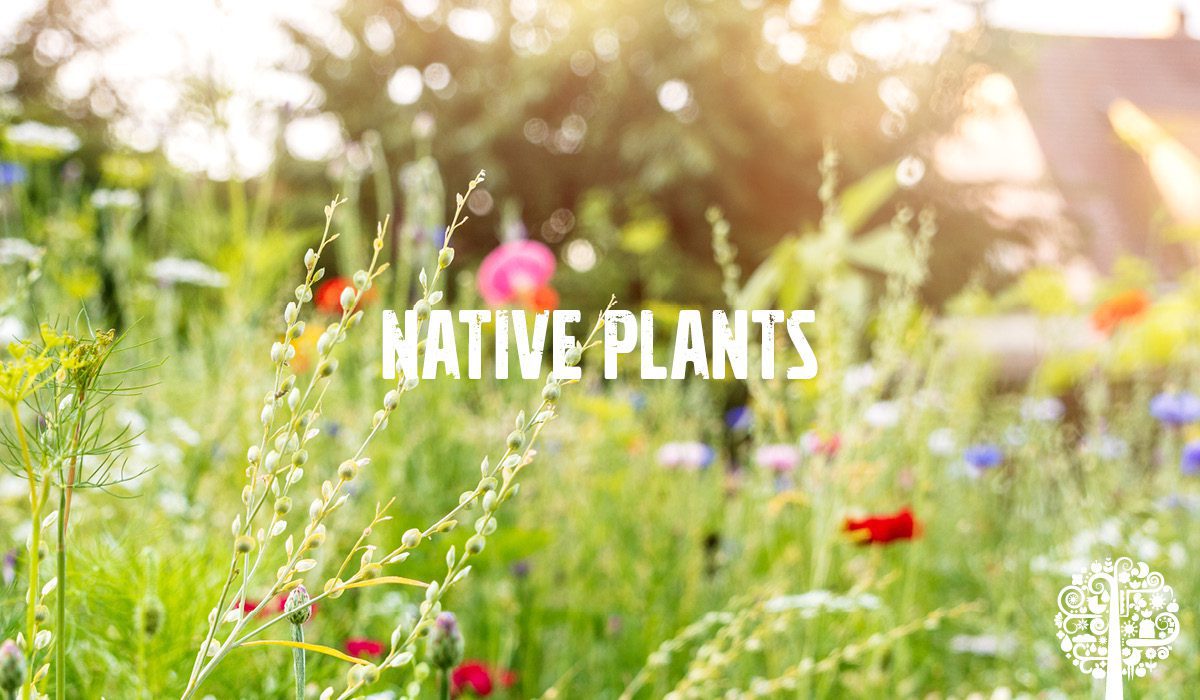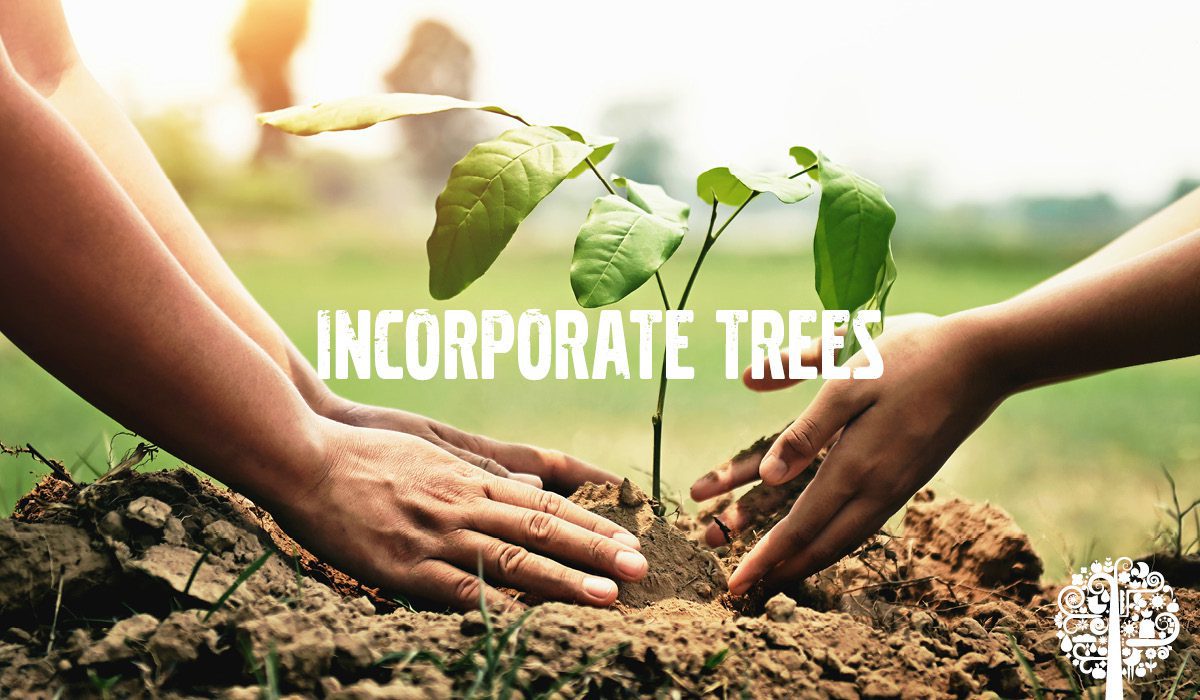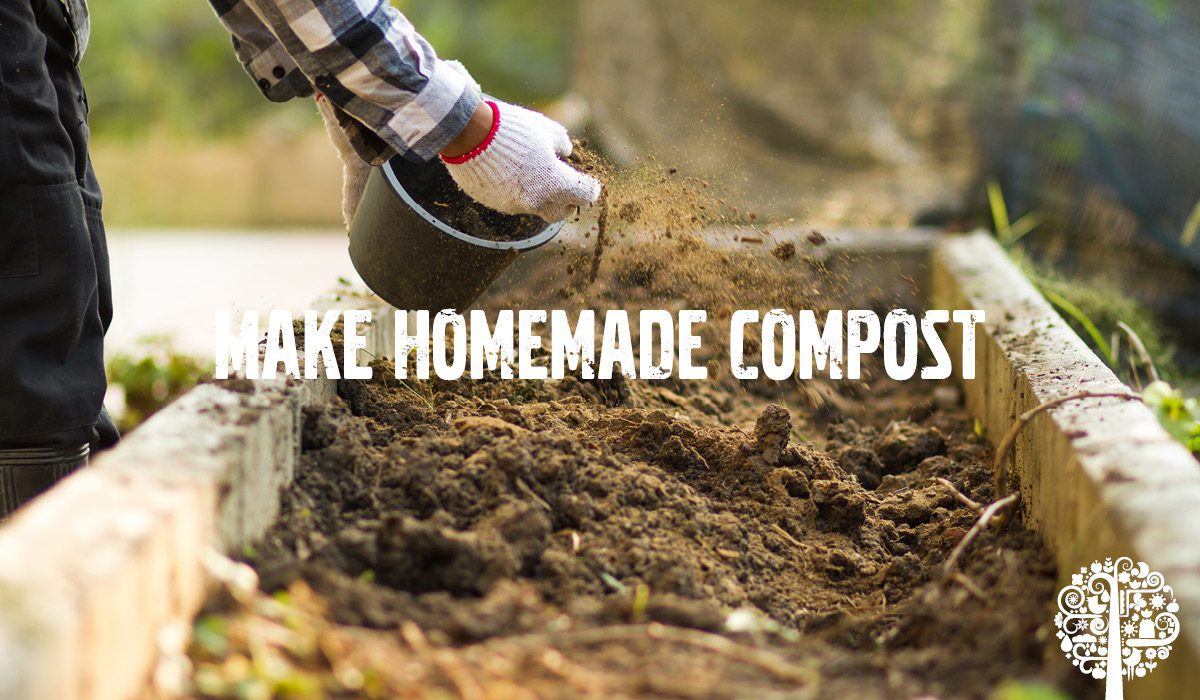Making The Environment Happy With Low-Carbon Gardens
As we look forward to the 2022 growing season, sustainability and sound environmental practices are again trending amongst gardeners worldwide. Of course, a garden of any kind is a step in the right direction, but why not impress Mother Nature a little more with a low-carbon garden?
What’s A Low-Carbon Garden?
A low-carbon garden involves designing your space and selecting all plants, inputs, and materials to reduce your carbon footprint. There are many ways you can achieve the goal. Try some or all of our tips below to step up your gardening game this year.
Shop Local

Food at the supermarket travels hundreds of kilometers before making it to your dinner plate, which is why buying from local farmers makes such an environmental impact. The same concept applies to the materials, plants, and other products you add to your garden. From raised beds and stones to native plants and garden decor, anything you can source locally is good for the cause and the economy. Have you got an old wheelbarrow or tires lying around the yard? Upcycling items and using them in the garden get you bonus points!
Native Plants

While we’re on the subject of local, the importance of selecting native plants for your garden can’t be overstated. Plants native to your growing zone are better suited to handle the region’s weather conditions, can better resist pests and diseases, and are also low-maintenance. That means you’ll need fewer inputs that can harm the environment. Native plants are also excellent attractors to local wildlife, pollinators, and other beneficial insects.
Incorporate Trees

Trees are an exciting addition to gardens for many reasons. They’re cool to look at, offer some much-needed shade for lower growing plants, as well as a home for birds and other wildlife. But they’re also massive carbon-storage sinks, storing the gas in their roots, trunks, and branches.
Make Homemade Compost

You don’t have to buy expensive compost from a garden center that initially comes from a faraway place. The beauty about compost is that anyone can make it! We all eat and create food waste, and therefore, making your own black gold for the garden isn’t difficult. Compost is the ultimate booster for the garden, offering plants a wealth of nutrients and helping with water retention. If you’re up for it, consider vermicomposting!
Choose Eco-Friendly Techniques
Organic and regenerative gardening techniques treat the Earth with love and respect; no-till and no-dig techniques keep precious soil life intact, and xeriscaping involves the selection of drought-tolerant plants to reduce the need for watering. Do some research when planning your garden; there’s an eco-friendly way to get things done. Then, select what feels right for you!
Replace Grey With Green
There’s too much concrete in the world, especially in urban areas. Hardscapes like patios and asphalt make cities extremely hot on a sunny day and often cause flooding after heavy rainfalls. Replacing concrete with greenery helps mitigate those issues while also storing more carbon in the garden. Planting native grasses or groundcovers around or in place of a backyard patio or other hardscape will make all the difference; so will planting an urban garden on a rooftop or balcony.




